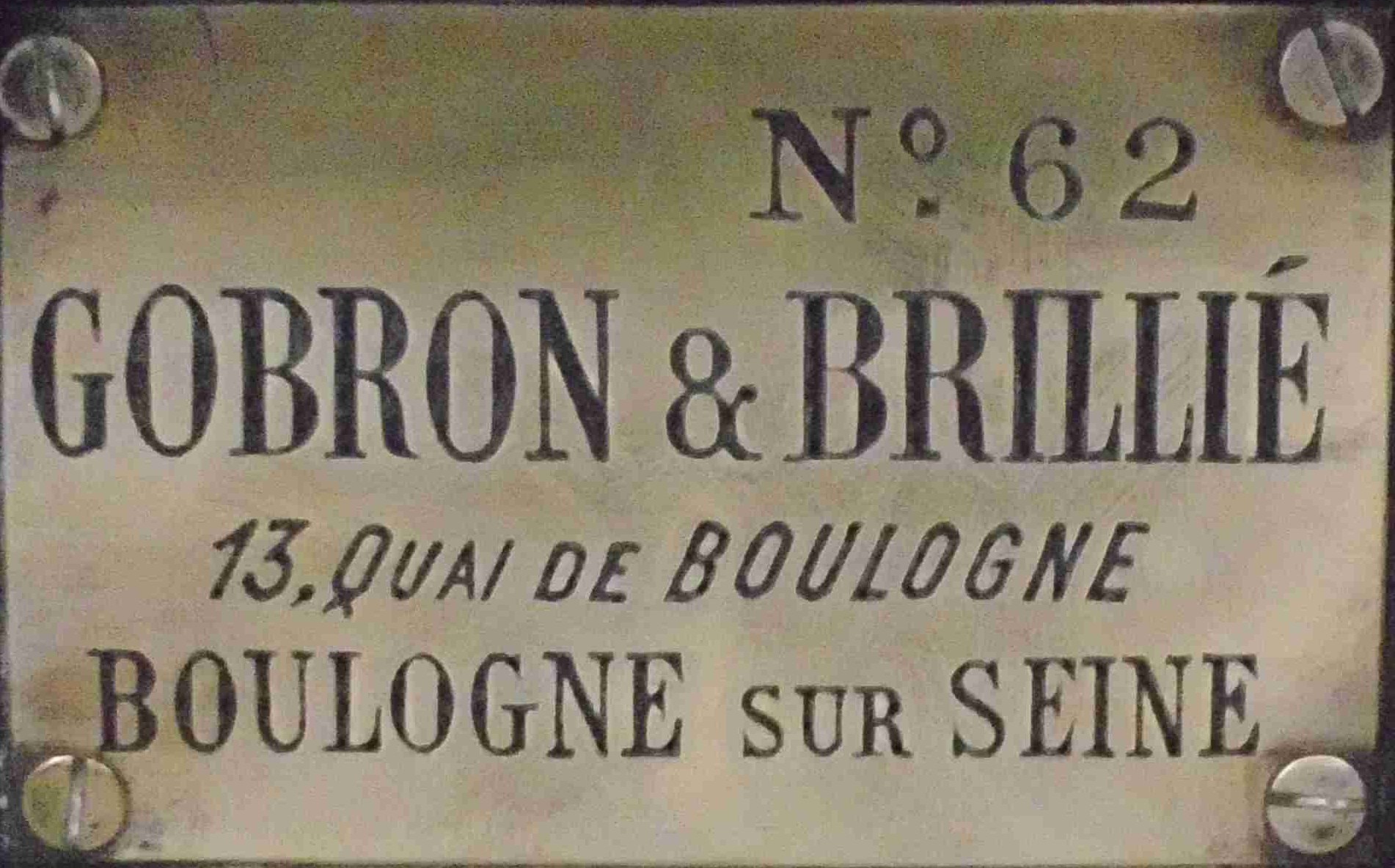Eugène Brillié was a French engineer who studied at the École centrale des arts et manufactures and worked at Compagnie des chemins de fer de l'Ouest before partnering with Gustave Gobron to create Société des Moteurs Gobron-Brillié. The company produced cars with a unique internal-combustion engine that had two opposed pistons within each cylinder, with the lower piston connected to the crankshaft and the upper pistons connected to an overhung yoke with two long connecting rods. The engine also had a revolving petrol distributor that regulated the quantity of fuel using a drip-feed instead of a carburettor. The company produced about 150 cars per year in 1900 and also built cars under licence in France and Belgium. After World War I, the company changed its name to Automobiles Gobron, moved to new premises at Levallois-Perret, and continued to use opposed-piston engines until 1922. The company switched to a more conventional 1.5-litre Chapuis-Dornier engine in 1922, but it sold poorly under the name Stabilia. The company produced about 250 vehicles per year in 1927, but it filed for bankruptcy in 1930. Brillié left the company in 1903 to join Ateliers Schneider, where he built touring cars and commercial vehicles of more conventional design. Schneider took more control of the company over time and abandoned the fabrication of touring cars to focus on developing the utility vehicles market. In 1906, the Brillié company delivered its first Paris buses. During World War I, Brillié met with Colonel Estienne to develop a tank project that led to the creation of the first French tank, the Schneider CA1.

